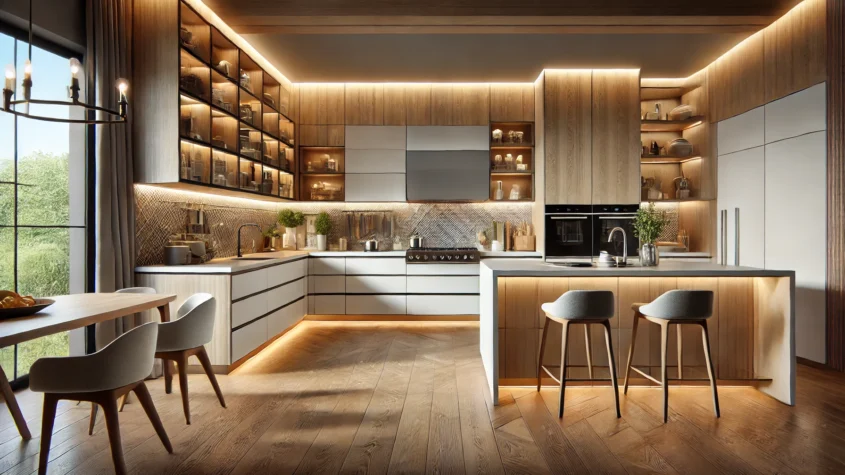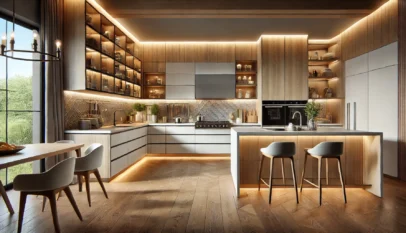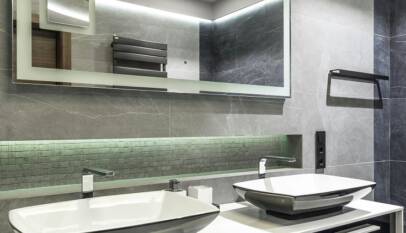
Custom kitchen cabinets Toronto offer homeowners the perfect blend of style and functionality. They allow individuals to tailor their kitchen space to meet specific needs, preferences, and design aesthetics. This personal touch not only enhances the visual appeal but also maximizes storage efficiency.
When considering custom cabinets, quality craftsmanship plays a vital role. Skilled artisans in Toronto create these cabinets using a variety of materials and finishes, ensuring durability and elegance. This attention to detail makes custom cabinets a worthwhile investment for anyone looking to elevate their kitchen’s overall design.
Choosing custom kitchen cabinets also means having access to a multitude of design options. Homeowners can select styles that range from modern to traditional, ensuring that their kitchen reflects their personal taste. This versatility makes custom cabinets a popular choice for those who seek a unique and personalized cooking space.
Designing Your Custom Cabinets
Creating custom kitchen cabinets involves careful consideration of materials, style, and construction methods. Each choice impacts both the functionality and aesthetic of the space.
Choosing the Right Materials
The material selection plays a crucial role in the durability and visual appeal of custom cabinets. Common options include wood, laminate, MDF (Medium Density Fiberboard), and plywood.
- Solid Wood offers natural beauty and strength, ideal for high-quality cabinets but can be pricey.
- MDF is cost-effective and provides a smooth finish, but it may not withstand moisture as well as wood.
- Plywood combines durability with resistance to warping, making it a solid choice for various environments.
Choosing materials that align with personal style and kitchen usage enhances both the look and longevity of the cabinets.
Selecting the Perfect Style
Cabinet style greatly influences the kitchen’s overall look. Choices range from traditional to modern designs.
- Shaker Style features clean lines and functionality, appealing to many homeowners.
- Rustic Cabinets bring warmth through natural finishes and decorative elements.
- Contemporary Designs focus on minimalism with sleek surfaces and handle-less options.
Color and finish options, including matte, glossy, or stained, can also shape the kitchen’s ambiance. Personal preferences and the existing kitchen decor should guide these decisions.
Understanding Cabinet Construction
Cabinet construction significantly affects both durability and functionality. The construction type can be framed or frameless.
- Framed Cabinets have a front frame that adds strength and allows for various door styles.
- Frameless Cabinets offer more storage space and a seamless look, often favored in modern designs.
Attention to details such as dovetail joints, soft-close hinges, and thick shelves can improve the overall performance and lifespan of the cabinets. Materials and construction techniques should align with the homeowner’s practical needs and design preferences.
Installation and Craftsmanship
Quality installation and skilled craftsmanship are critical for custom kitchen cabinets. Attention to detail during both the construction and installation phases ensures that the cabinets not only look impeccable but also function effectively.
Finding Skilled Cabinetmakers
Selecting a qualified cabinetmaker requires research. Look for professionals with a strong portfolio showcasing various styles and finishes. Certifications or affiliations with industry organizations can indicate a commitment to quality.
Check customer reviews and testimonials to gauge satisfaction levels. A personal consultation can help assess expertise and understanding of design needs. Establishing clear communication from the start enables the cabinetmaker to meet specific requirements for the kitchen.
The Installation Process
The installation process involves several key steps. First, precise measurements are taken to ensure a perfect fit. The existing space must be evaluated to address any challenges such as uneven walls or plumbing issues.
Next, the cabinets are carefully unpacked and inspected for any damage before installation begins. Each unit is secured firmly, ensuring stability. Proper alignment and leveling are crucial for aesthetic appeal and functionality. Finally, door adjustments and hardware installation are completed, allowing for full operation of the cabinets.
Copper Mining Stock: Insights and Trends for Investors
Investors are increasingly looking towards copper mining stocks as a strategic opportunity…










